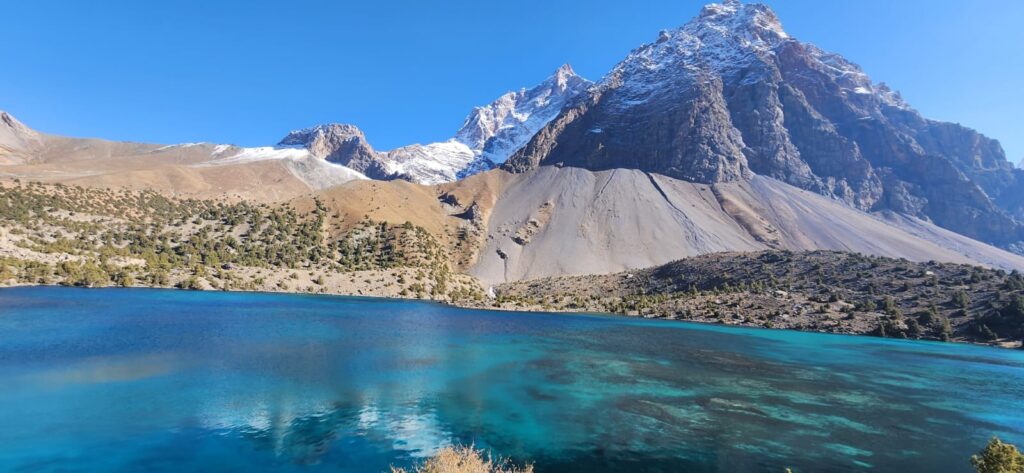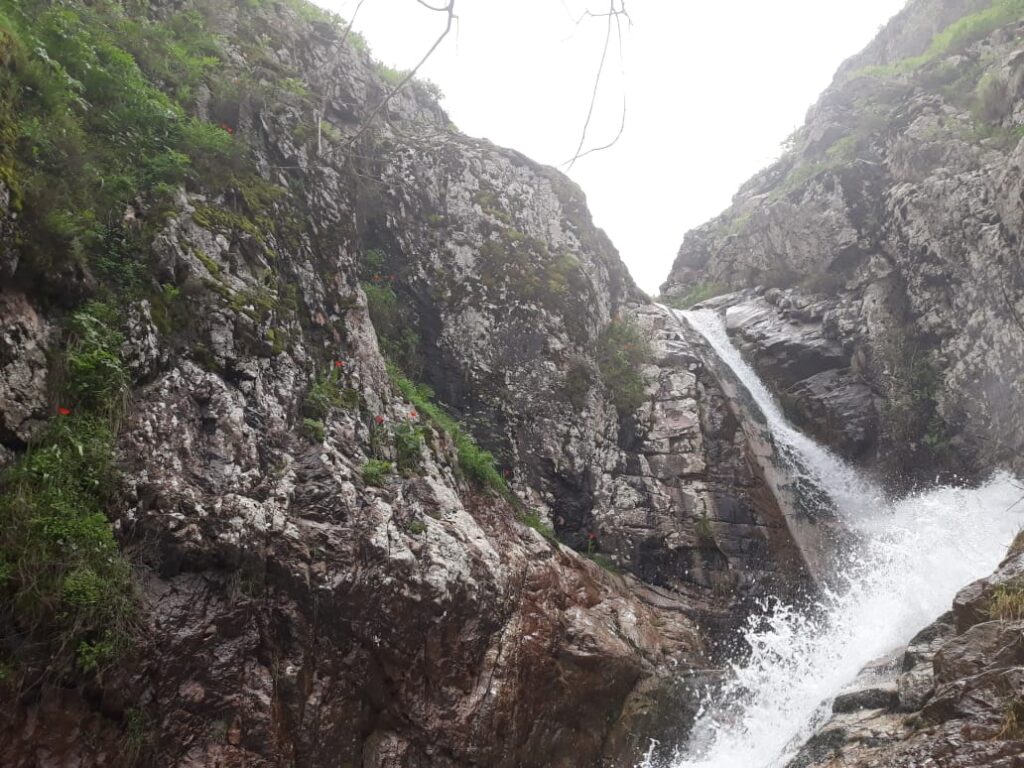In the Pamirs, remoteness is not absence- it is a state of motion. The roads twist through high passes, snow closes them in winter, avalanches block them in spring, and landslides rearrange them without warning. Villagers speak of when a fellow from Rushon returned after five years and gasped: “The road turned!” It seems hyperbole, but the mountains shift in ways that make permanence awkward.
In valleys like Bartang or Yazgulem, remoteness has always shaped daily life. To reach a hospital is a multi-day journey; to market is a negotiation of passes. Yet in recent years, something else moves too: mobile phones, solar chargers, small delivery drones under trial by NGOs, and satellite internet projects. The mountains begin to stretch thinly across digital cables, as well as asphalt ribbons.
Walking into Murghab, one sees young people chatting on phones in tea houses, sharing images of distant cities. A teacher says, “When I was a child, letters arrived weeks late. Now I see my brother’s face from Moscow, in real time.” Not long ago, connectivity meant radio or occasional mail; now it means livestreams, messages, and calls across peaks.
Remoteness is a paradox: it isolates and connects simultaneously. You can be many hours from the nearest city, yet linked to global flows of remittance, news, and tech. The mountains do not stop information; they shape its paths, slow its delivery, and amplify its price. In these folds of rock, connectivity feels like fragile magic.
Physical connection matters too. The central highway, the M41, bridges valleys and links Kyrgyzstan and Tajikistan; yet its upkeep is a constant battle. In 2017, major landslides shut segments for weeks, isolating communities entirely. For supply trucks, food, medicine, and fuel arrive late or not at all. One driver recalls waiting two nights in snow at a blockade, shaking pipes, stoking fires, but never certain when he’ll move again.
At the same time, remoteness fosters local innovation. Villages maintain micro-networks of power: mini solar arrays, satellite TV sets, community WIFI hubs. Some small shops stock cell-phone credit and repair kits. Youth take device skills learned from occasional city trips and apply them back home. A young technician in Roshtqal’a tinkers with signal boosters, declaring: “We don’t wait for the state. We build our own bridges.”
Environmental change presses on these systems. Glacial melt changes water tables, landslide frequency rises, snow unpredictability messes with seasonal transport plans. In remote valleys, a single storm can sever connections for days. Contingency becomes routine: storing supplies, maintaining generators, weaving redundant paths across ridges.
Connectivity also rewires social geographies. A shepherd with a satellite phone tracks weather forecasts and sends his flock to safer pastures. A family with remittance funds orders medicine from Dushanbe, not the local clinic. The distance is shrinking in practice, even if the mountains remain tall.
Yet this shift is uneven. Some valleys remain dark. Some roads never reach. Some people resist: elders distrust devices; some see technology as intrusion into traditions. A village shaman once burned a broken phone, saying spirits were offended. These moments remind us that connectivity is not neutral, it enters lives, reshapes priorities, and redraws relationships to land.
In dusk light over the Yazgulem valley, a satellite dish glints on a rooftop. Below, footsteps echo along an ancient trail. The old and the new overlap: goats on slopes, drones overhead, cables strung on poles, prayer flags fluttering. Remoteness is transforming, but those mountains remain stubborn. To live here is to dwell between echoes and signals, tradition and digital life, distance and connection.
References
- Asian Development Bank (ADB). (2018). Central Asia Connectivity: Transport & ICT in High Mountain Regions. Manila: ADB.
- International Telecommunication Union (ITU). (2017). Digital Inclusion in Mountain Communities. Geneva: ITU.
- UNDP Tajikistan. (2016). Bridging the Gaps: ICT & Infrastructure in Remote Tajikistan. Dushanbe: UNDP Tajikistan.








